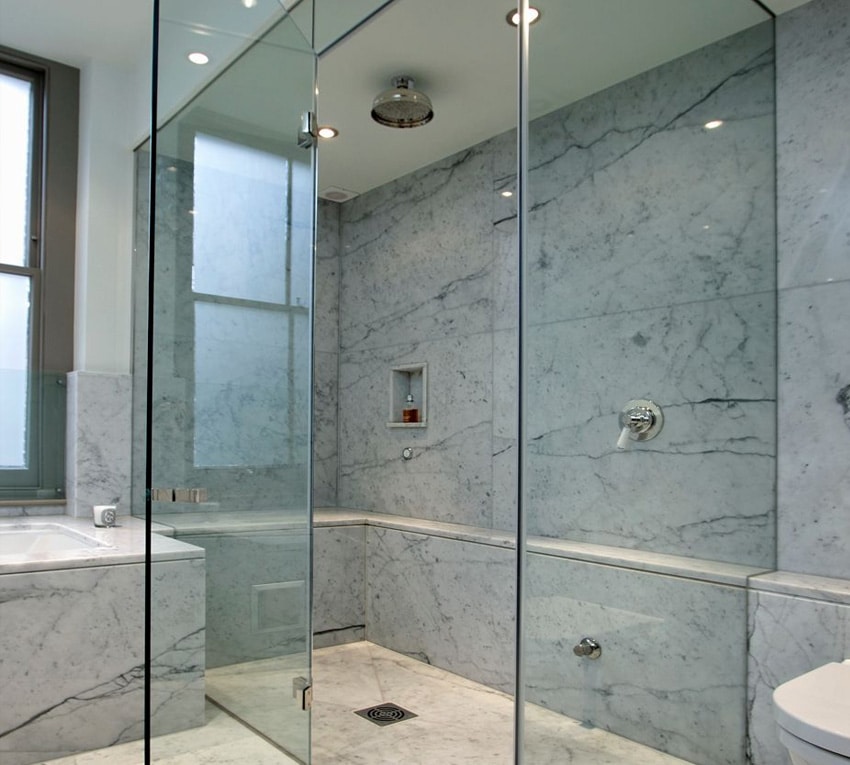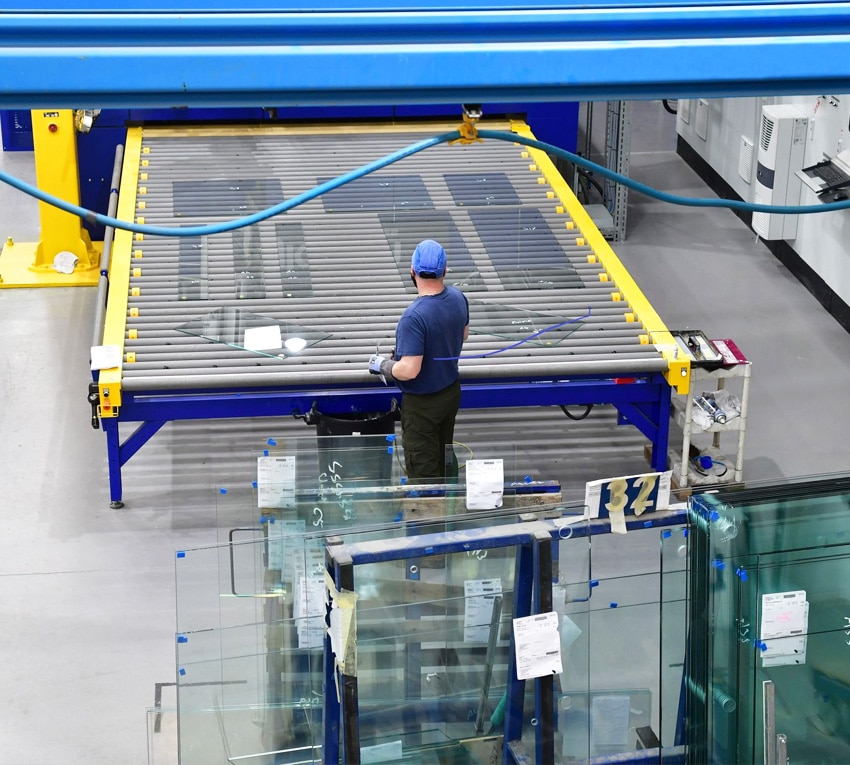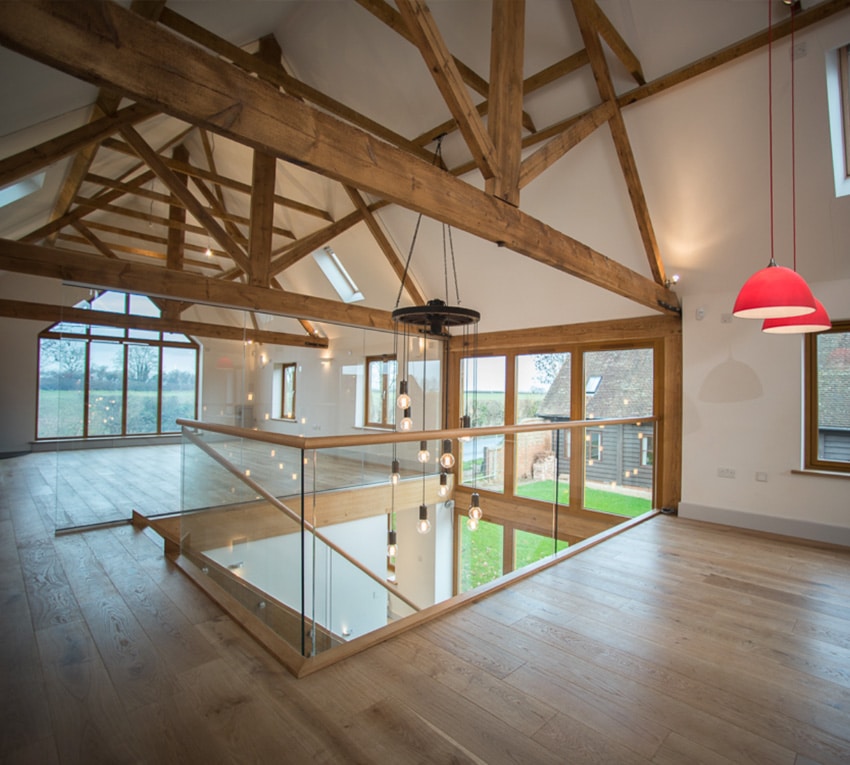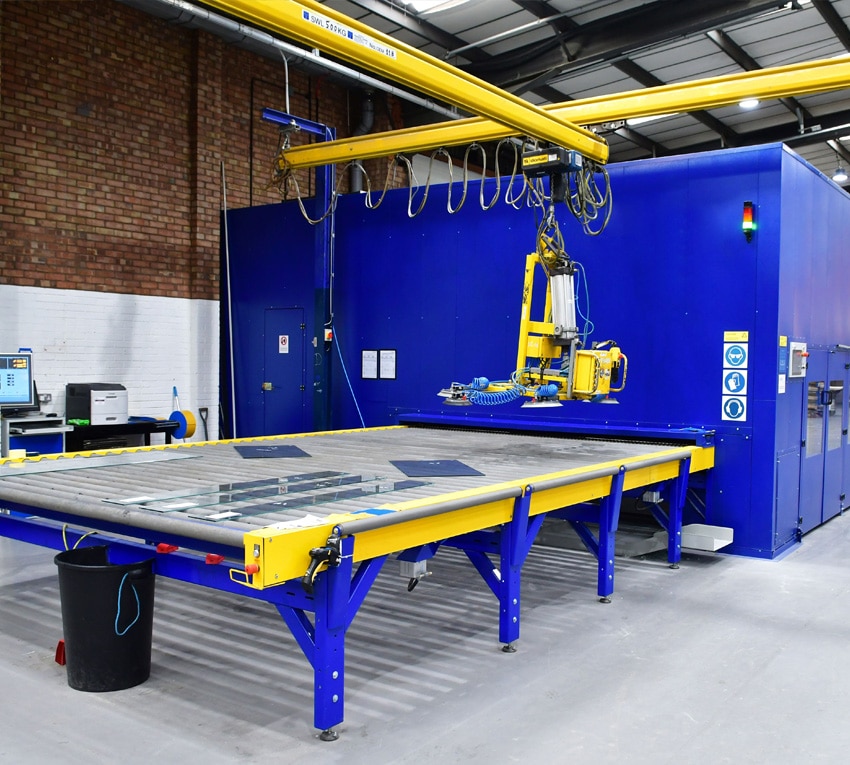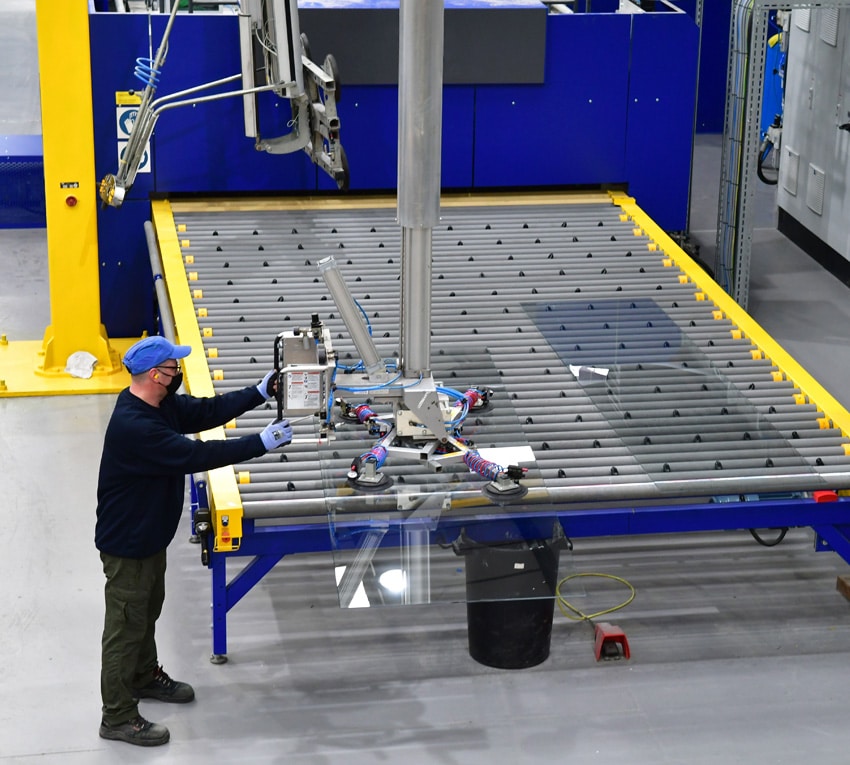browse our toughened glass gallery
suppliers of toughened glass
the process & its benefits
If tempered / toughened glass is damaged, it will safely break into small fragments / pebbles. Although these may inflict minimal damage, they do not cause the type of serious injury which can happen when sharp shards (that form when ordinary glass breaks) are present. When manufacturing this glass, a float sheet is processed to your requirement, creating any shape that may be required.
After this process, the glass is thoroughly washed and placed into a furnace.
The furnace heats the float glass up while continuously moving via the rollers, which move back and forth. This process is known as a ‘roller-wave’. This will render the glass sufficiently heated and it will then become ‘malleable’.
Once the product has achieved this form, it is then moved by the rollers to the next step of the process. This involves taking the product into a ‘quench’ (this blows cool air onto its surface). As the surface glass cools quicker than the centre, a sealed tension which alters the integrity of the glass is created. The glass will be now be successfully toughened.
After this process is complete, the product is approximately 5 X stronger than when it was in its original form. This glass can be used for a variety of applications such as partitioning glass, balustrades, splash-backs, shower enclosures, wall cladding and more.
It is vital that toughened glass is created in accordance with the strictest of standards. ESG manufactures this type of glass in accordance with relevant British Standards, and the toughened glass is created in a sterile environment (approved to BS EN ISO 9001:2000).
Please note:
When this glass is produced, tension in the ‘outer skin’ may include nickel sulphide.
Other Glasses
ESG produce a wide range of specialist glasses including fire resistant, switchable, laminated, deco lam, sound control, security and more.
heathrow
Our toughened glass was used in Heathrow Terminal – the building has been designed to be as open and highly secure as possible.
Read More>>
contact us
to find out more
about our full range
of toughened glass >>


